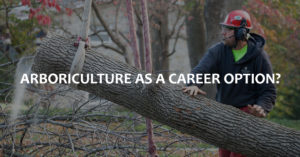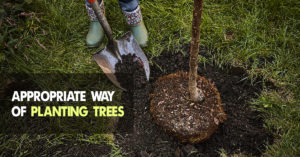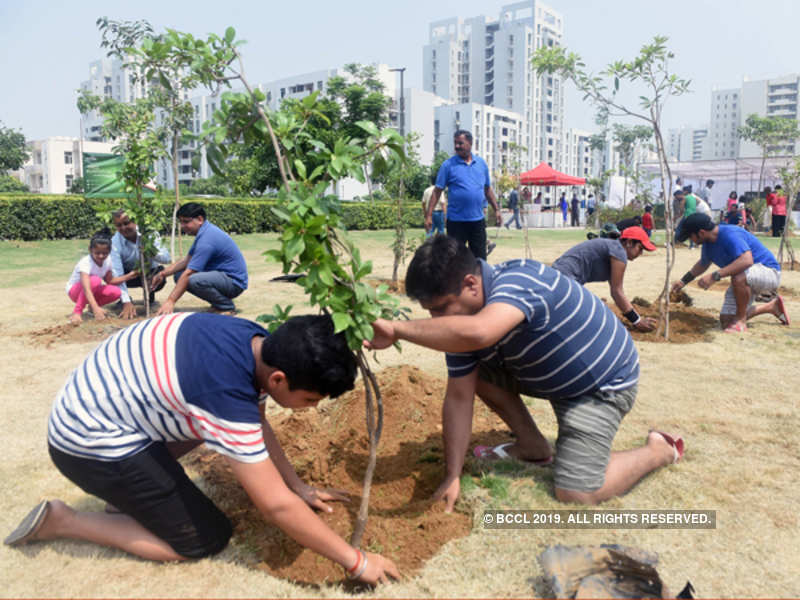
With the increasing awareness for the environment, the demand for arborists is increasing. Future holds a lot of opportunities for them. If you are looking forward to considering Arboriculture as a career option or taking arboriculture training,
Then you first need to know who are arborists and what do they do:
- They are professionals who continuously have to grow their skills as per changing environment, new technologies or even issues that the trees face.
- They mostly give their inputs in various research programs by sharing their valuable knowledge. Arborists around the world also communicate with each other to better understand the whole ecosystem and generating better ideas.
- Apart from the technical side of their profession, they also have an artistic side. For example, there are multiple tree pruning techniques. Which one to choose will depend on the technical knowledge but how to do the pruning will depend on the artistic side of the arborist. If something is technically right, it does not mean it will be aesthetically nice as well. The aesthetic side is taken care of by the artistic skills of the arborist.
- Needless to say, they need to have ample knowledge about the environment. For example, unless an arborist knows the lifecycle of a tree, they won’t be able to plant a suitable one or even share the information with people who appoint arborists for decorating their urban space. The knowledge will also be helpful in knowing which tree to plant as per the landscape they need to work on.
- With the rising demand for arborists, the supply has also increased. If you want to become a successful arborist in India, then you also need some business management skills. This includes having good communication skills as well. Arborists needs to showcase their portfolio and maintain relations with the customers because this kind of profession also works by word of mouth. Your work will speak for itself.
All this might have left you wondering about the skillsets being taught in arboriculture training programs. If you opt for one, you will probably be acquiring the following skills:
- Knowledge of how the plants interact with the soil.
- How to understand the quality of the soil and how much water it needs.
- Biology of the plants and trees. This relates to tree healthcare study which includes study of pests or various kinds of diseases that the plants or trees can possibly catch.
- Identification of species of the tree and selection of appropriate plant for the urban space.
- Health and safety rules stated by the government around the maintenance and plantation of the trees or plants.
- Data collection, analysis and reporting based on that data.
- Business management, communication skills and organisational skills.
- Practical training of tree maintenance like tree pruning techniques, tree risk assessment, rigging, rescue methods, replanting etc.
By now you must have got a fair idea of what it is like to be an arborist and what all skills are required. There are various tree care training institutes which provides arboriculture training in India.


